What's It Wednesday - Cluck, Cluck, Cock-a-doodle do
With Spring just peeking through and the season of renewal and rebirth upon us, let’s talk about chickens!
This toy in our collection got me thinking about chickens. Did you know that the term chickens includes hens and roosters? “Hens” and “roosters” classify the gender of a chicken.
And of course, the proverbial question is “Which came first, the chicken or the egg?”
Chickens have been around for many centuries. Charles Darwin in Theory of Evolution, wrote that chickens were descendants solely from the Southeastern Asian red jungle fowl, (Gallus gallus.) However, recent DNA research suggests that modern chickens inherited their gene for yellow skin from the gray junglefowl (Gallus sonneratii) found in Southern India.
In addition, a study reported in the journal Science, added complexity to Darwin’s statement. As reported in The New York Times of April 25, 2008:
Dr. Asara and Lewis C. Cantley, both of Beth Israel Deaconess Medical Center and Harvard Medical School, processed the proteins from tissue recovered deep in bones of a 68 million-year-old T. rex excavated in 2003 by John R. Horner of Montana State University. Mary H. Schweitzer of North Carolina State University discovered the preserved soft tissues in the bones.
For the molecular study, Dr. Asara and Chris L. Organ, a researcher in evolutionary biology at Harvard, compared the dinosaur protein with similar protein from several dozen species of modern birds, reptiles, and other animals.
The Tyrannosaurus Rex collagen proved to be most similar to that of chickens and ostriches; the next closest match was to alligators.
The red jungle fowl was first domesticated in the Indus Valley around 2000 BC. The fowl were used for cockfighting, a popular entertainment. It wasn’t until about 500 years later when the Aryans invaded in 1500 BC, that the fowl were known to be edible. Red jungle fowl were often eaten as part of the Aryans’ ceremonial rituals.
It really wasn’t until chickens were transported through trade to Persia, Mesopotamia, and eventually Greece and Rome, that fowl were used as a source of food. The Romans were the first to successfully breed two types of chickens, one for meat and the other for laying eggs. Chickens became a source of food for the Roman military.
However, with the fall of the Roman Empire in 476 AD, the popularity of having chickens as a food source declined rapidly. Once again, fowl were kept primarily for cockfighting.
It wasn’t until the late 1800s that chicken ownership and breeding resurfaced as “Hen Fever.”
Enter Queen Victoria.
In 1842, Queen Victoria was given 7 Cochin chickens – five hens and two roosters – as a wedding present. The birds, native to the Shanghai province of China, are very exotic-looking chickens. They were three times the size of a standard chicken of the time period and had feathered feet. Queen Victoria and Prince Albert were quite enamored with the Cochin and even had a “poultry house” built on their Windsor Castle “Home Farm.”
Chickens and the raising of them became so popular because of Queen Victoria’s interest, that ‘Hen Fever’ spread throughout Britain and then to America.
‘Hen Fever’ was strong in the U.S. and particularly in New England. Boston hosted the first poultry show in America in 1849. Dr. John C. Bennett of Plymouth, MA, a breeder of exotic chickens, encouraged James Peddler, the editor of the Boston Cultivator newspaper, to support an exhibit of “perfect examples of full-blooded domestic fowls.” The show, held in the Boston Public Garden on November 15, 1849, had 219 exhibitors showing more than 1400 ‘different feathered races’ and attracted 10,000 visitors!
In the U.S. in the late 1800’s and early 1900’s, chickens were raised locally, in backyards, for eggs. Andover was home to many poultry farms, large and small.
Sylvan Hollow Farm owned by the Newton family on Boutwell Rd. in West Andover and the Cavallaro Poultry Farm on South Main Street were two of the largest. Cavallaro’s raised about 5,000 chickens at a time and closed in 1955.
Even backyards in the center of Andover, sported flocks of chickens.
World War I spurred another rise in interest for raising chickens. Before the U.S. joined the war, support was being sent overseas. When France and Belgium began running out of food, the Daughters of the American Revolution launched a fund-raising campaign to “rechickenize” France. “Every dime given means an egg, every quarter means a chicken.” According to the DAR’s War Relief Service Committee. Each donor received a pin.
With WWI, the rooster re-emerged as France’s symbol of strength and perseverance against the Prussian eagle. The French people made wooden rooster toys and sold them to raise funds for the French soldiers.
France’s association with the Rooster as a symbol dates to the Middle Ages and stems from the Latin word of Gallus, meaning an inhabitant of Gaul, and gallus, meaning rooster. The Gallic Rooster was a religious symbol, a sign of hope and faith. During the Renaissance, it became a symbol of the young French nation. Then Napoleon banished the rooster, feeling it was too weak a symbol. He replaced it with an eagle and changed the “Republic” of France to “Empire.” The Third Republic of France (1870) once again adopted the rooster as a symbol of France. Although not the official symbol of France today. According to the website of the French Government, “In the collective imagination, particularly in the area of sports, it remains the best illustration of France.”
When the U.S. entered the war, the USDA circulated posts which promoted raising backyard chickens for food security and to enable more food supplies to be sent overseas.
World War II brought another drive to continue raising chickens along with Victory Gardens as a way to reduce demand on national food supplies.
It wasn’t until the 1950’s that backyard chicken farming began to wane. Suburbia and major highways replaced farmlands; supermarkets provided a variety of food options; and refrigerated trucks meant that meat could be transported across the country to reach small towns and big cities alike.
Recently, raising chickens has been revived as a pastime. A 2014 study by University of California, Davis researchers found that owners tend to raise chickens as pets, gardening partners and therapy tools, and for the eggs. The owners believe that home-grown eggs and meat are more nutritious, safer, and taste better than commercial products.
In 2013, U.S. Department of Agriculture found that “almost 13 million Americans raised backyard poultry, or were planning to, in the next five years. Household ownership was spread evenly between rural, urban and suburban households. In 2015, a survey of 150 of the most-populated U.S. cities found that 93 percent allowed backyard poultry.”
In Massachusetts, each city, town, or municipality sets their own restrictions.
So, if you are interested in joining the flock, check the local regulations. Remember, baby chicks are very cute, and hens are fairly quiet, but roosters are loud and crow at all hours! Cock-a-doodle do!
Thank you for reading! Do you have chickens? Do you remember chickens being raised in Andover? I remember going into the barn at my aunt and uncle’s farm in Vermont to help collect eggs. I was very young and very scared of the chickens!
Please share your comments, pictures, or memories. I’d love to hear your stories. You can comment below or email me at mhelmers@andoverhistoryandculture.org
Marilyn
History Buzz is a reader-supported publication. To receive new posts and support our work, consider becoming a free or paid subscriber.
Resources
And if you want to read about the woman who industrialized the Chicken Industry, check out -
Cecile Long Steele and the industrialization of the Chicken industry








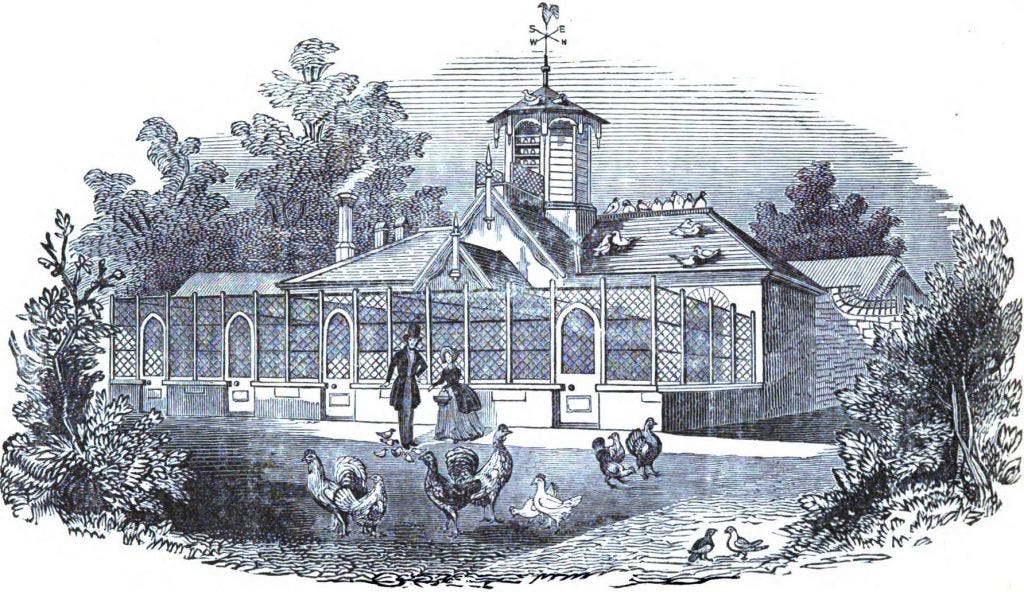


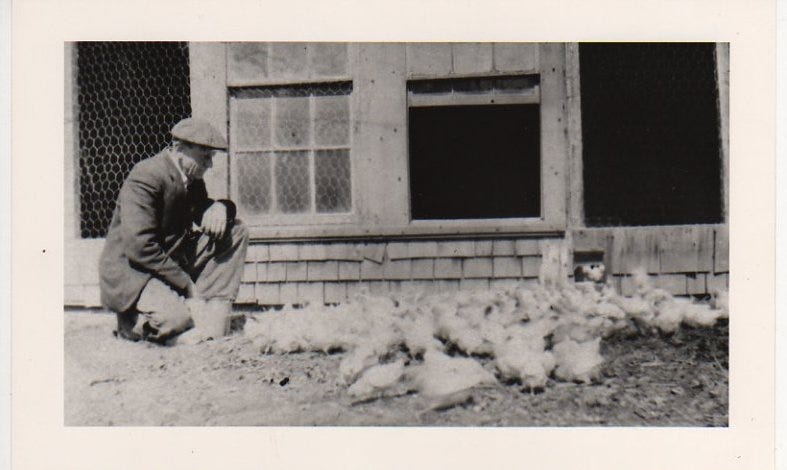
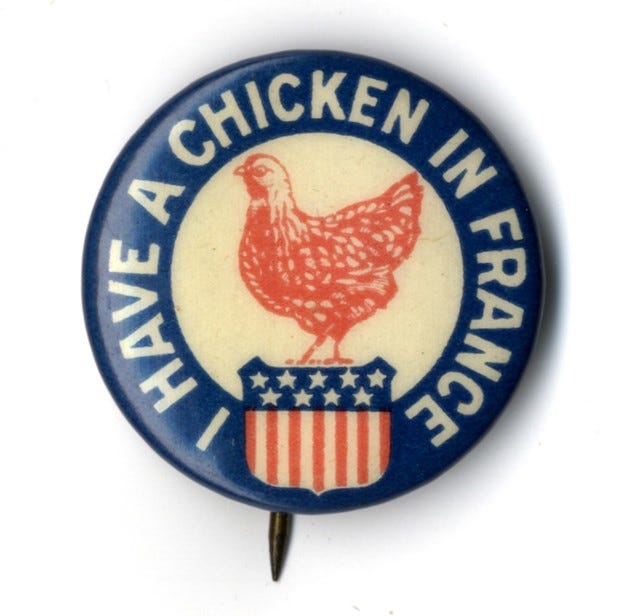
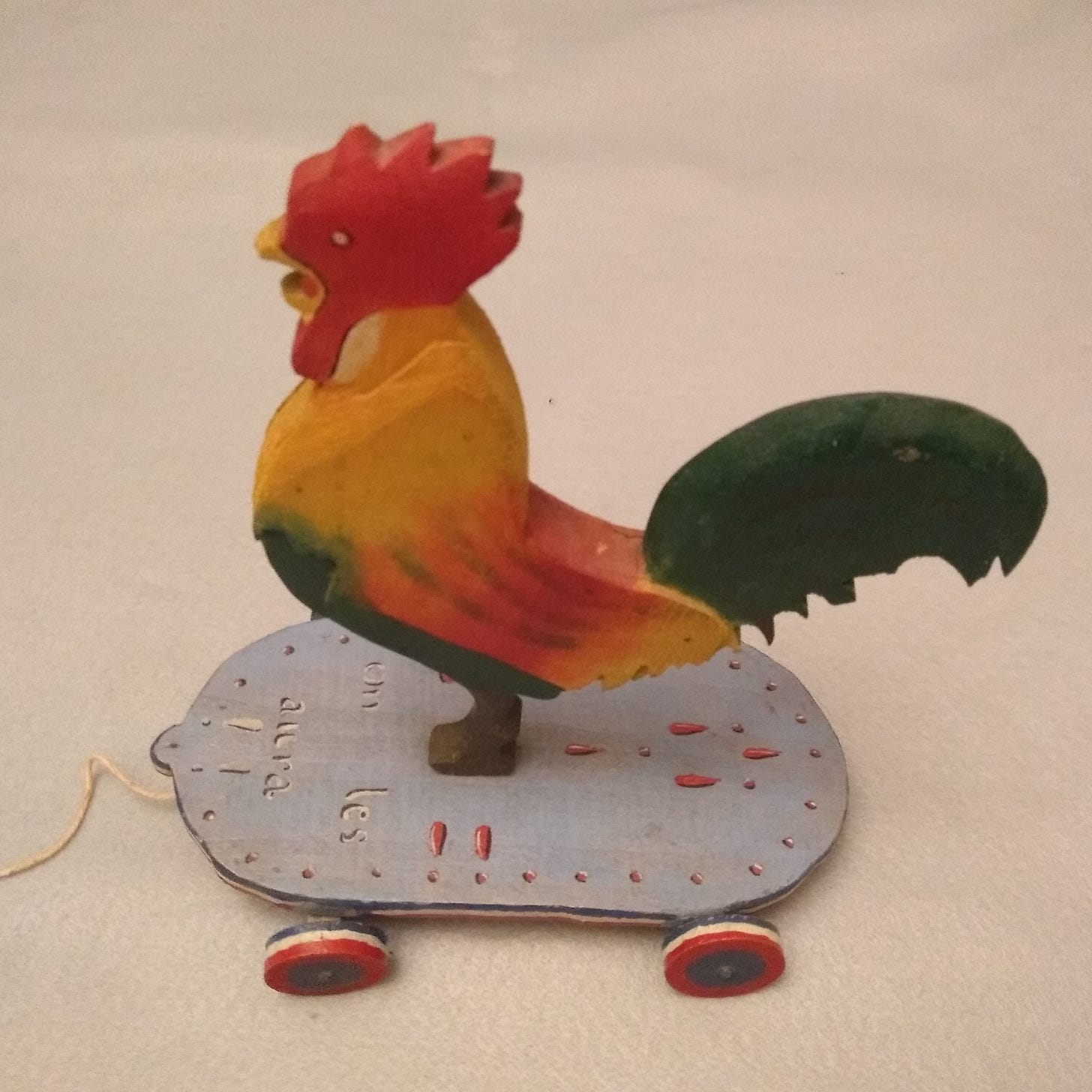
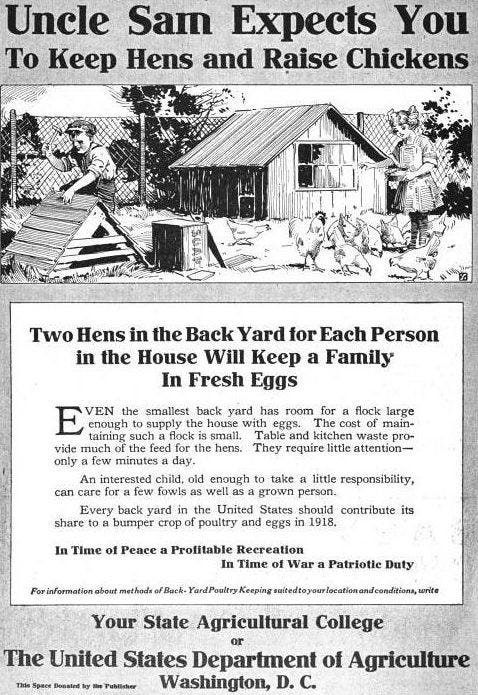

My favorite What's it Wednesday to date! WOW love the pics and the connection to the ACHC collection! Magnifique Marilyn!
There is a current strain of avian flu going around; now is the time to divest yourself of your backyard flocks, not acquire them. See usda.gov for information.